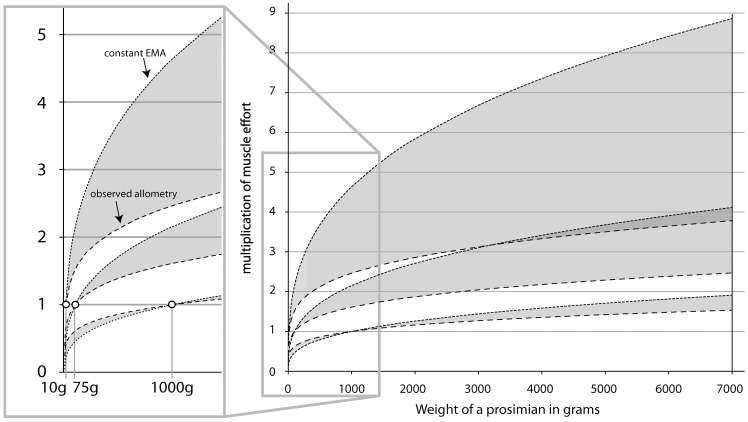Figure 10. Modeling force magnification plot.
We modeled the biomechanical significance of the empirically demonstrated allometry by assessing the scaling of the relative force needed to balance the load and lever arms of the calcaneus for a primate of varying body mass. We modeled this with three different “ancestral sizes” 10 g, 75 g and 1,000 g. For each starting weight we modeled the increase in relative effort required by the m. triceps surae muscles attaching to the calcaneal tuber for size increase with a constant load arm/lever arm ratio (upper, thin-dashed lines) and with the expected allometric change in load arm/lever arm ratios (lower, thick-dashed lines). We plot values up to 7 kg, the weight of the largest extant prosimians, and show that the observed allometry reduces the effort multiplication required by the animals’ hindlimbs by as much as a 9-to−4 ratio. Note also that evolving to smaller body sizes yields a diminished effort for constant and allometrically changing load arm/lever arm ratios. This opens the possibility for evolving “off” the line when body size decreases, without incurring extra effort on the muscular system (see text).

